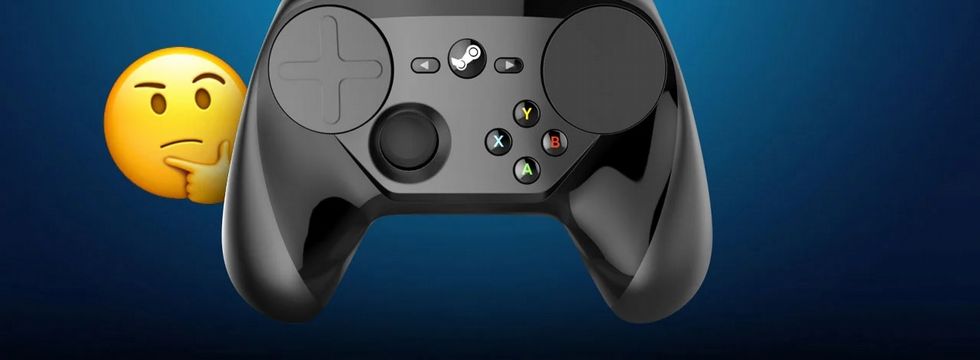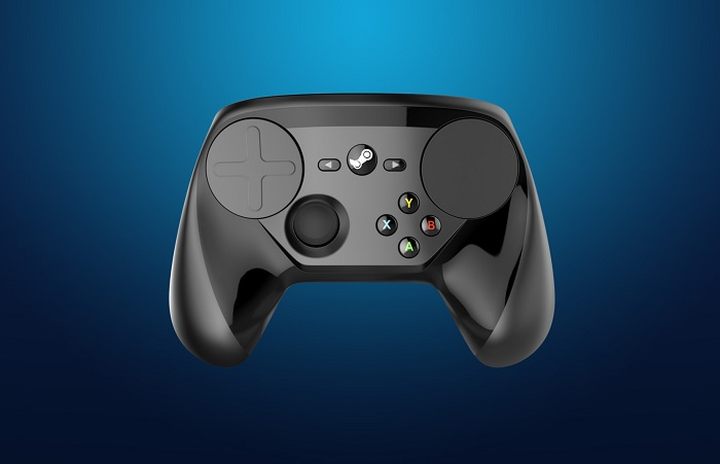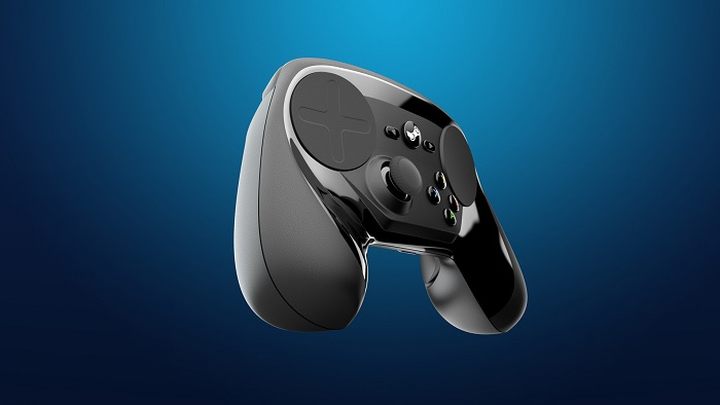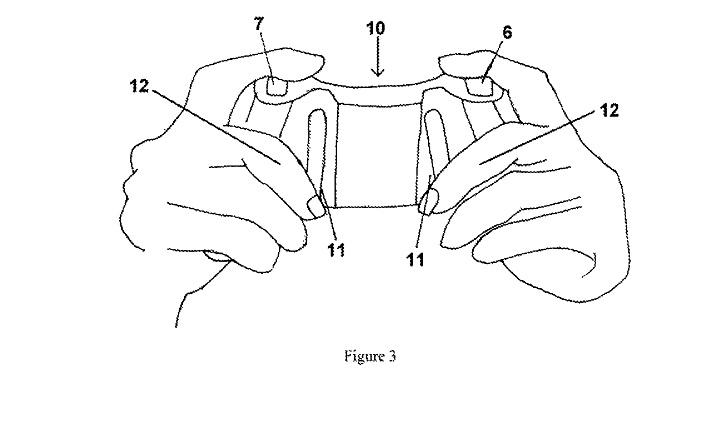Steam Controller - What Was Special About It and Why It Died
The history of Steam Controller is relatively short-lived. The gamepad was quite successful and then suddenly disappeared from the market. If by now you do not know why, we bring you the most likely explanation.

This unique device in the world of gamepads debuted on November 10, 2015, less than two years after the original announcement. Steam Controller quickly found buyers, which resulted in plans for a new edition. Ultimately, however, the device was discontinued, and the remaining units were sold at half the price. Steam Controller was also subject of controversy, as Valve sold more units that they had in stock, resulting in mass cancellations and refunds. The most interesting, however, is the reason for halting further development and manufacturing of the pad. Before we get to it, however, let's briefly present the most important features of the device.

The first glance at the gamepad designed by Valve was enough to notice that the device was quite unique. If you were used to Sony controllers and even the different arrangement of the analog knobs on Xbox gamepads was a sacrilege in your books, the Steam Controller could make you feel dizzy with it's unorthodoxy. Where Sony traditionally places the second analog knob, Valve inserted X, Y, A, and B buttons, as ultimately the controller was dedicated to PC and Windows. It gets even weirder as you go along. There are large touch panels on both sides. They offered a lot of customization options. By default, they were supposed to replace the functions of the mouse. Using them, you could control the camera, aim, drag objects, zoom out, or even scroll web pages, Yes, it was possible to use the gamepad outside of video games.
In short, the idea behind the project was to bring a console-like gaming experience to PC, i.e. sitting on the couch and playing games that didn't always appear on consoles. This goal was realized. Of course, utilizing the touch screens required some practice, but the ability to customize them allowed players to make the best of them. Moreover, Steam users supplied various configurations for different games, enabling us to avoid setting up everything from scratch. You simply had to download the setup and eventually make some minor changes to it.
The business was going well for a couple years. According to data we have managed to reach, from the 2015 launch to the discontinuation in 2019, over 1.5 million units have been shipped. The last gamepads were sold during the 2019 Steam Autumn Sale. It was a bargain, as you could buy it for just $5. The catch was that you had to pay for shipping. As a result, the final price was closer to $20.
Why was the Steam Controller discountinued?
One of the answers is a lost lawsuit. Valve has been charged with infringing a patent from Ironburg Inventions. Interestingly enough, it wasn't about the touch panels, but... two additional buttons located at the backside of the device. The controversy is that it is even possible to patent such minor details.
The ruling ordered Valve to pay $4 million in compensation, which was only a fraction of what Ironburg Inventions was asking for. The rumor has it that Ironburg Inventions informed Valve of the infringement even before the controller was released. However, the company ignored the situation, which, as time showed, ended up tragically.

For a time, the sole licensee of the patent belonging to Ironburg Inventions was SCUF Gaming, now owned by Corsair. Corsair didn't change their policy, and continue to earn money from this patent. One of the companies that fell prey here was Microsoft. Even if the standard Xbox pad (which is definitely cheaper) doesn't have any buttons on its back, the Xbox Elite gamepad does. If you didn't know why it was so expensive, now you know – a portion of the cost is to cover the royalties! And it doesn't matter that the rear buttons are not identical to those contained in the patent. Those found on Steam Controller aren't also. It seems that each gamepad with rear buttons is bogged down by the cost of royalties. Madness. Seems Sony wants to avoid this. The Japanese avoided using such solutions – they likely don't want to incur additional costs.
SONY GOT CAUGHT TOO
Another story involving the patent happened to Sony as the PlayStation 3 controller was launched. Sixaxis, as was the name of the successor to the PS2 controller, was initially to offer vibrations, but it turned out that this feature is protected by a patent belonging to Immersion. Therefore, Sixaxis was left without the motors. Finally, the Japanese managed to come to an agreement with Immersion and released the DualShock 3 gamepad, which is simply a Sixaxis controller with the vibration feature.
Is Corsair/SCUF to be blamed for all this? In our opinion, not entirely. The real culprit here is the patent office. It seems that rear buttons should never be patented, although we are writing this only from the position of gaming enthusiasts, not experts in this area of law. On the other hand, Corsair continues to hold the patent. More patent applications are underway.

We're back to the main hero of this article – Steam Controller. All the people who managed to buy one can still use it freely. However, it must not be forgotten that it is no longer supported in any official way. There have been no new units on sale for three years now, but used ones are still available. At the time of writing this, the prices start from about $100.